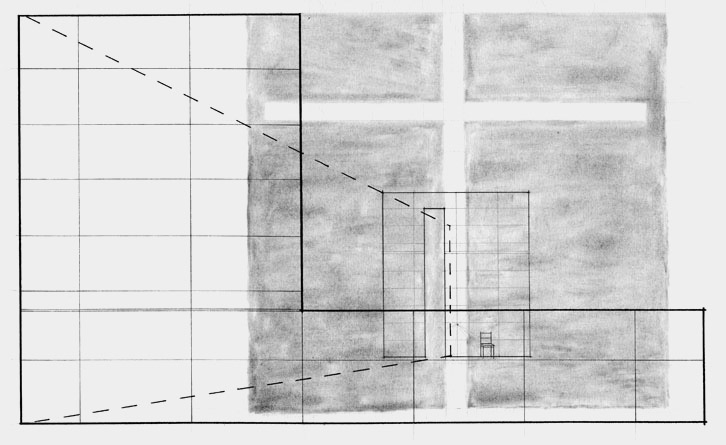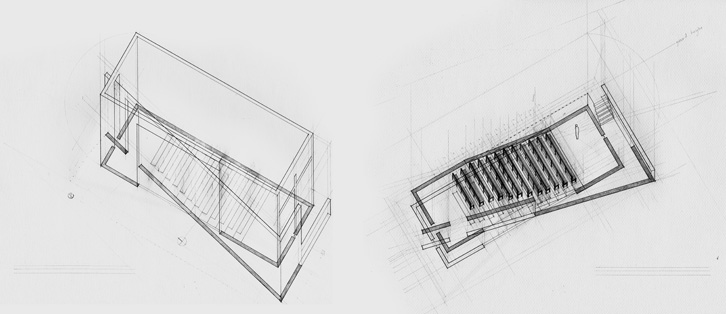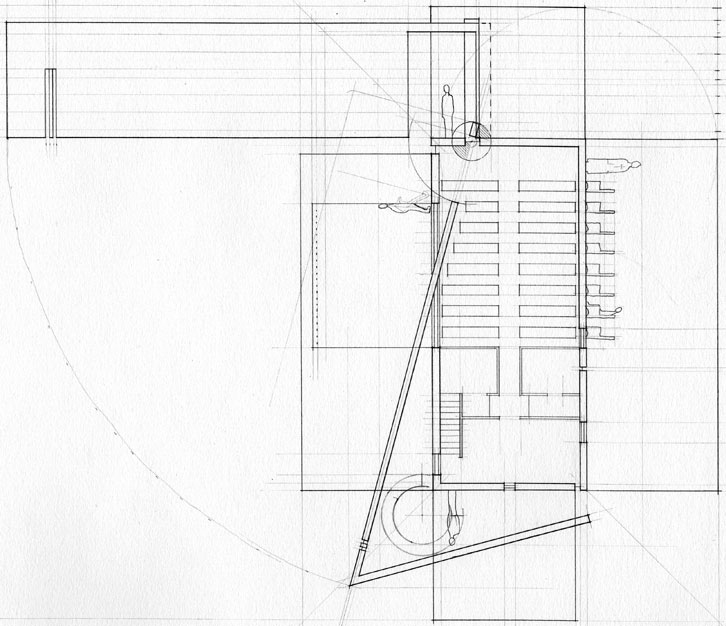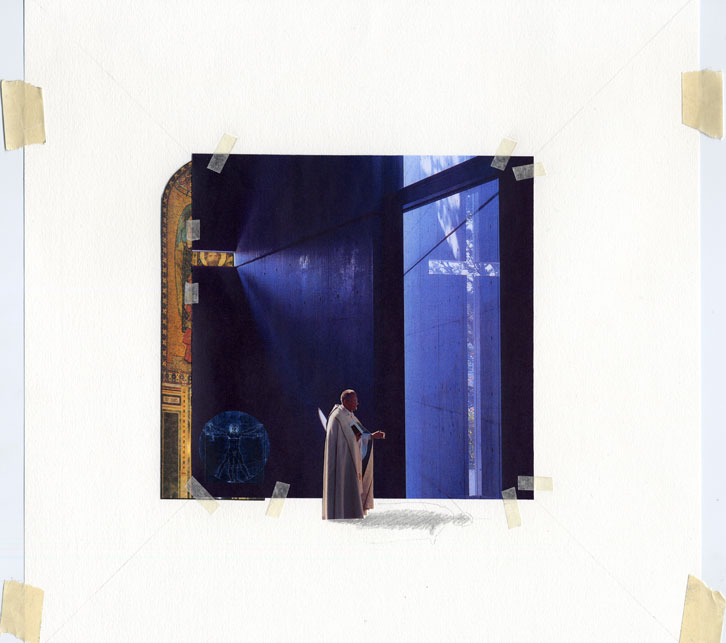|
Uploaded: 2/13/2006 9:05:43 PM Categories: Concepts Drawing Variations |
Mirror of Drafting
Conventional history, for the most part, tells us that architects’ drawings are considered outside of the study of fine art. Normal architectural practice simply puts drawings to use without reflection. The assumption as it stands is that architects’ drawings present a thin description of reality specific to a singular subject matter, devoid of any objective interpretation. But why is the painter’s mark considered replete with all aspects of its stroke given meaning, while the line of an architect’s diagram has its meaning attenuated? The Mirror of Drafting course presented students with several assignments meant to unveil the expressive medium of drawing. Through this course I came to accept that architectural drawings are uncritically accepted as a collection of transparent facts rather than being open to widespread audiences for exploration. A good drawing, one that mediates between imagination and reality, would require depth to give it richness. Meaning could then come out of the image once it has been acknowledged to be in depth. A shallow drawing reflects the inquisitive eye while a drawing with depth presents a world which the viewer can become enveloped in. The following four compositions are an attempt to explore the depth of the paper through drawing various analytical aspects of a famous piece of architecture designed by Tadao Ando – the Church of Light.  View:
4th yr Projects View:
4th yr Projects
Three planes simultaneously. I used a blurring technique on a small sheet of paper to focus the reader’s eye on the rear plane. 
Seeing below, sensing above. Using both sides of the paper, partial axonometrics do not allow the reader to see the complete image at one time. 
Turning a Corner. With interior elevations on top the plan, the angled wall finds itself ambiguous to the page, evoking a turning sensation. 
Assembling Mood. Juxtaposing iconographic figures into a strong photograph of the building exposes the softness of the architecture. |
 Previous Entry
Previous Entry Chalasani House
Chalasani House